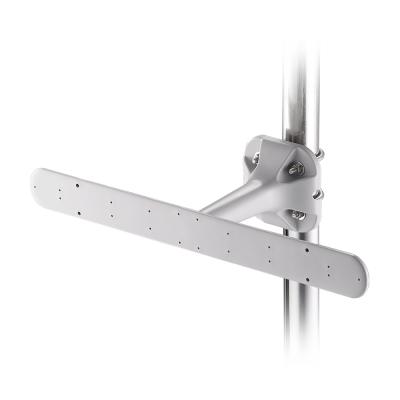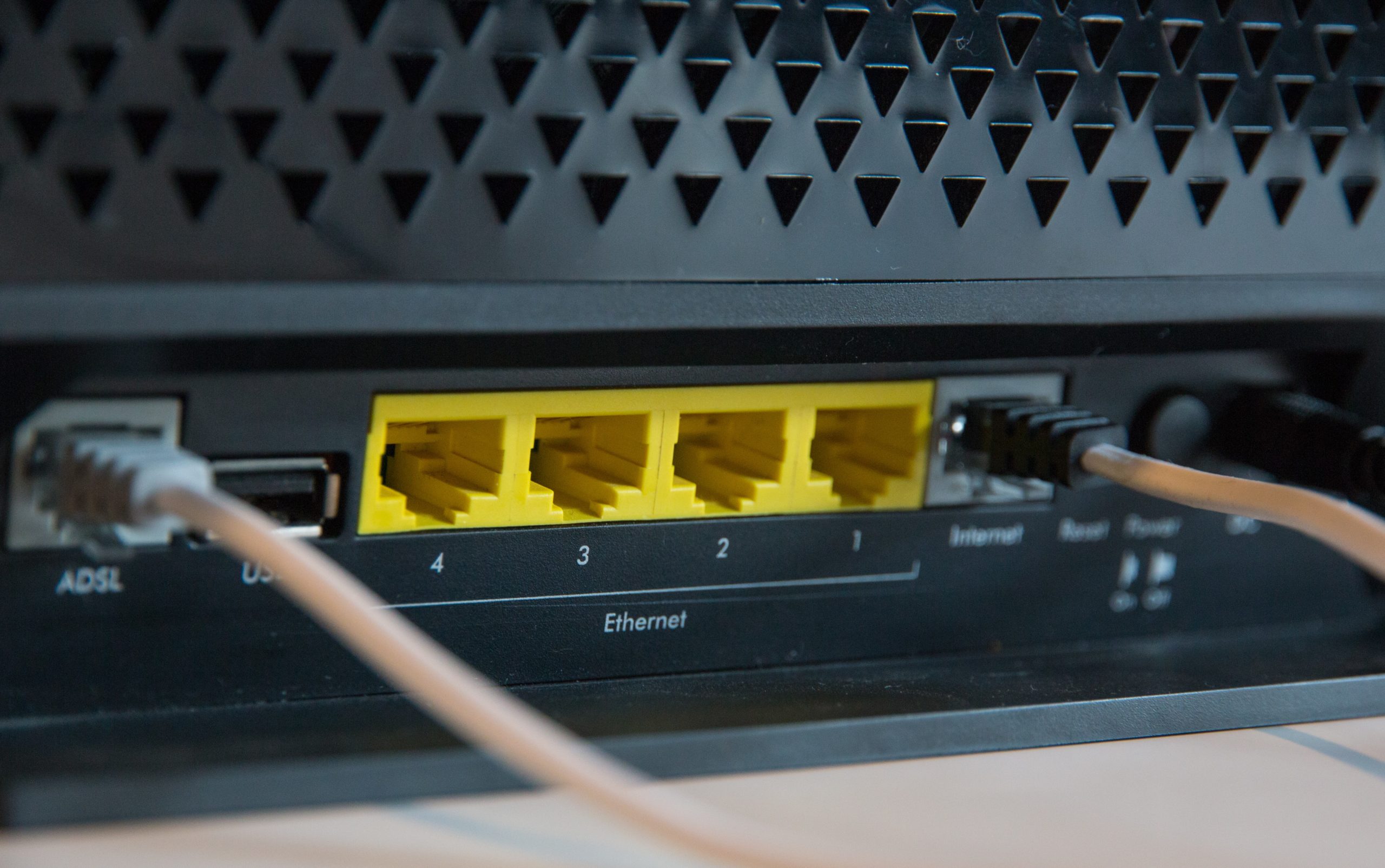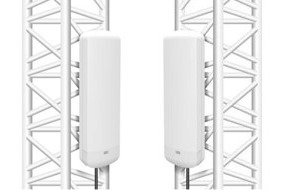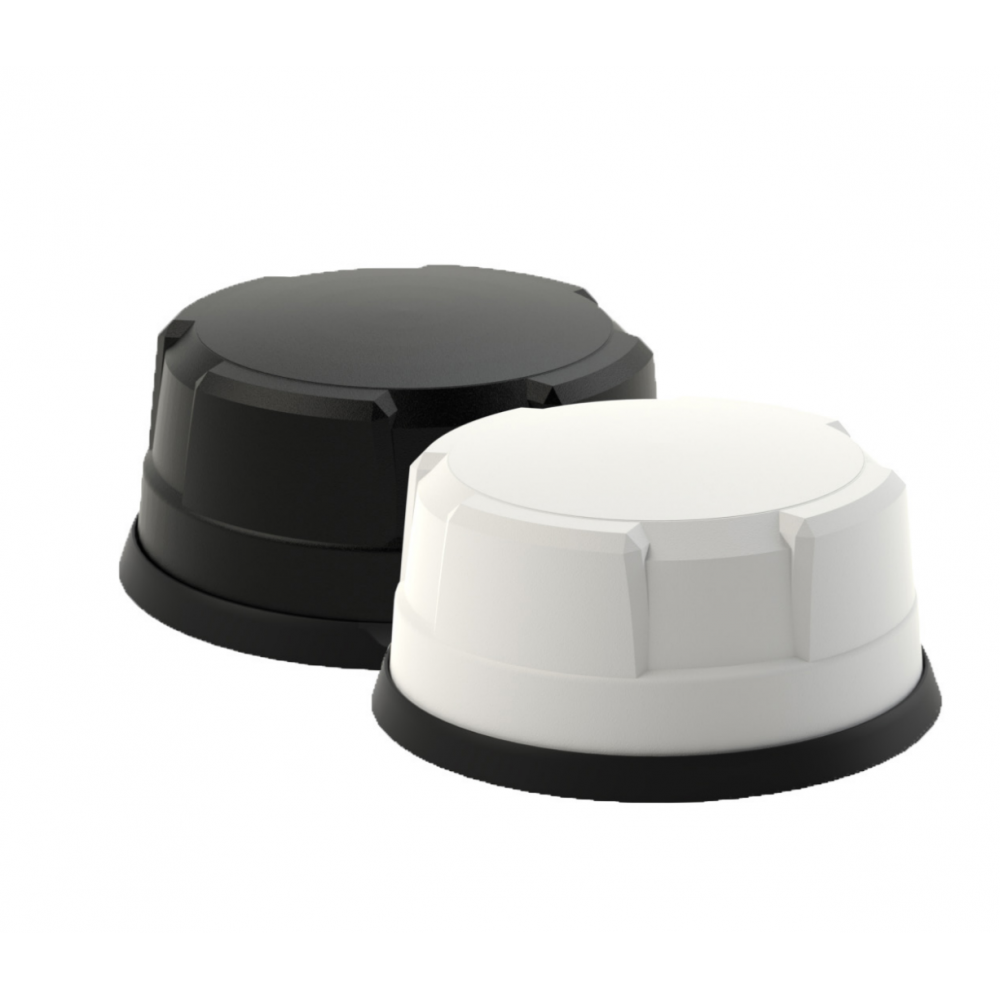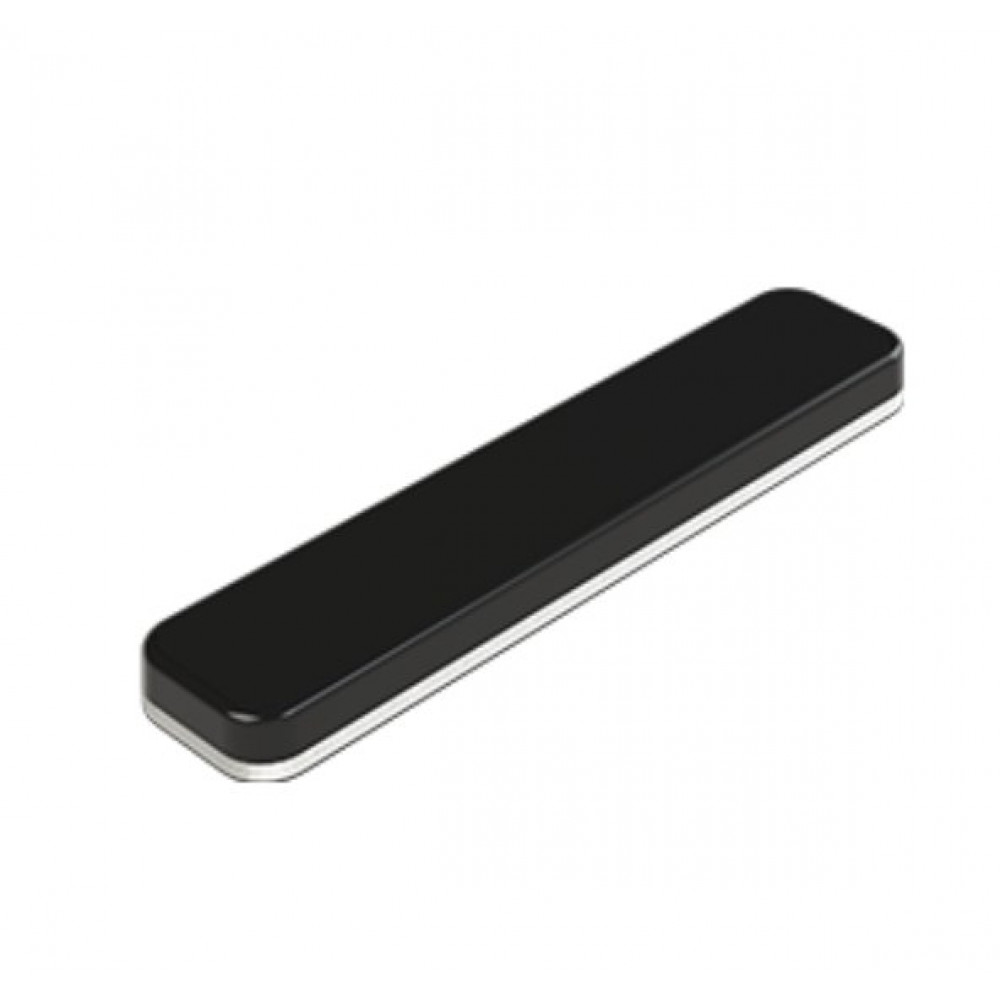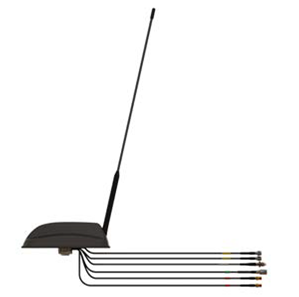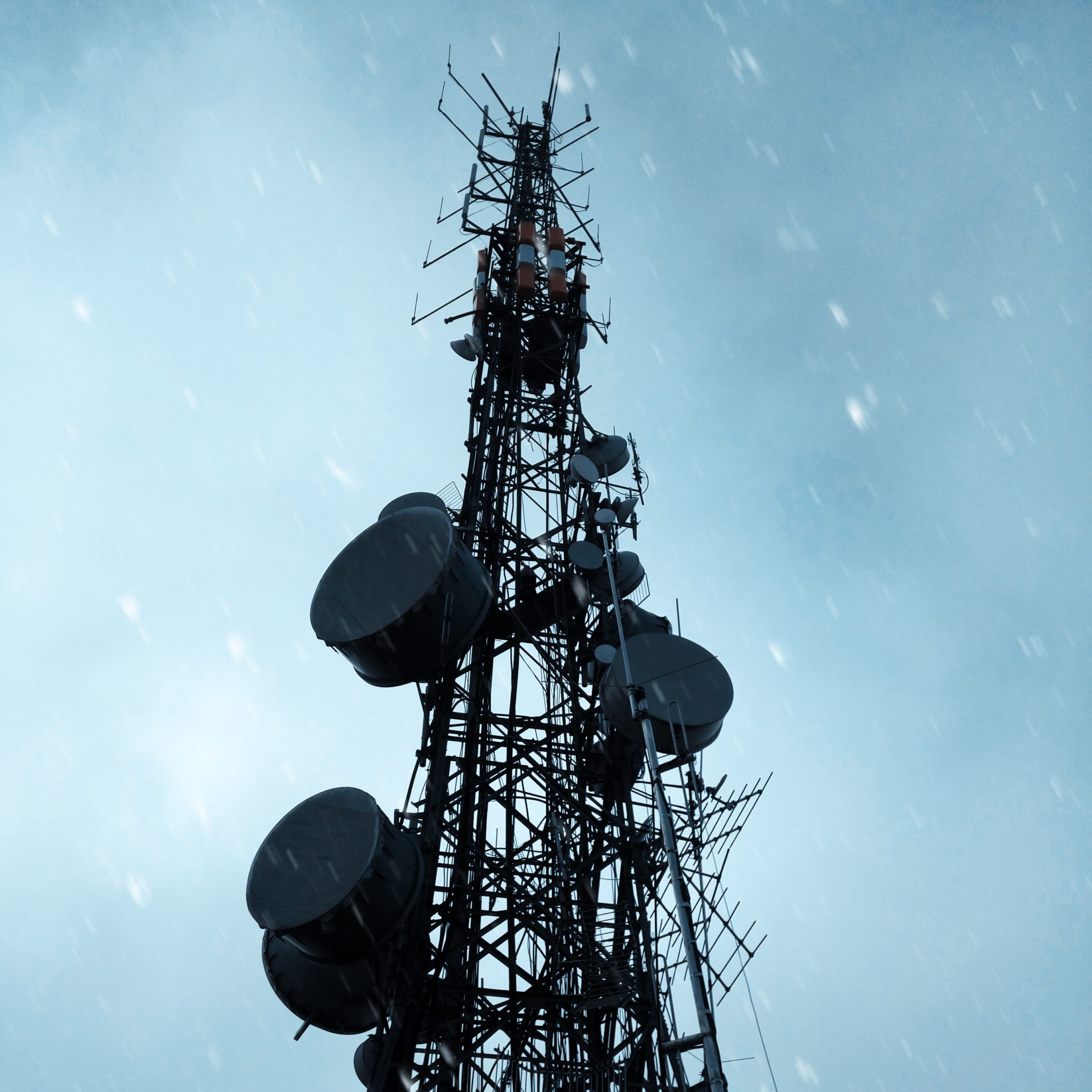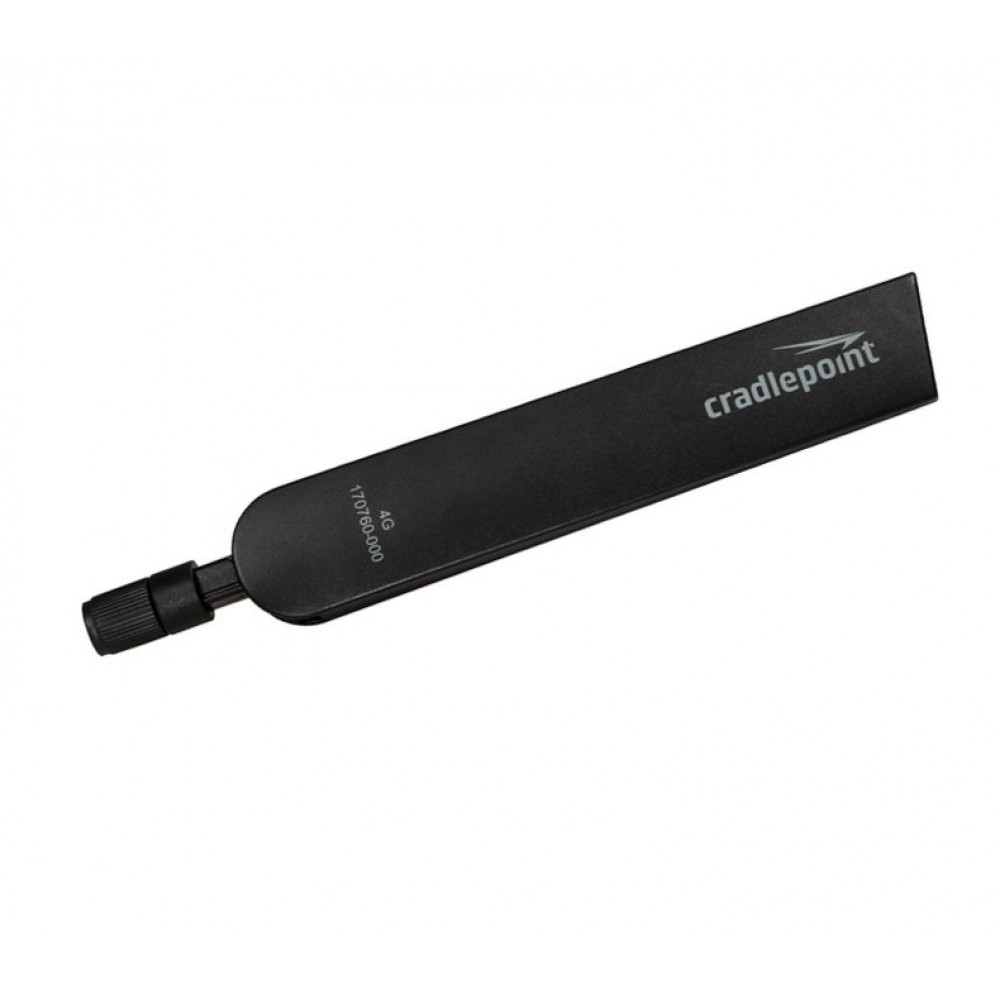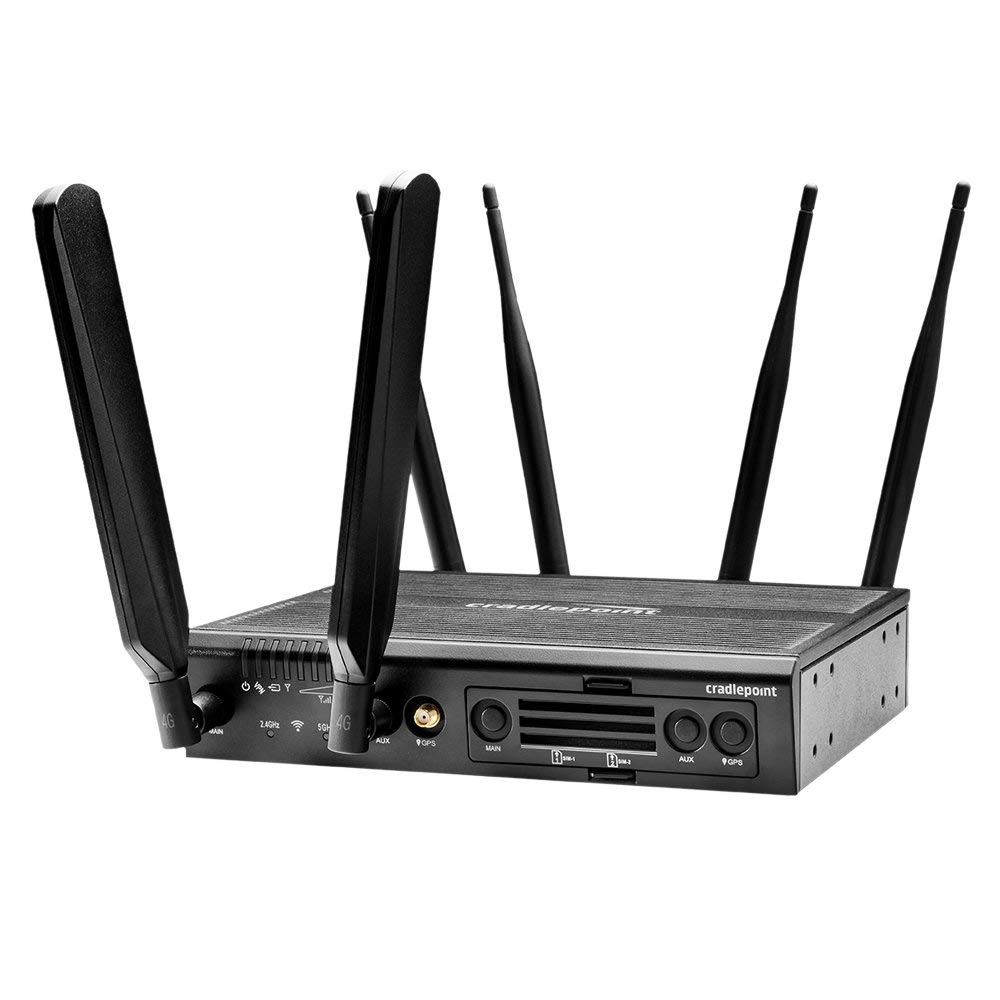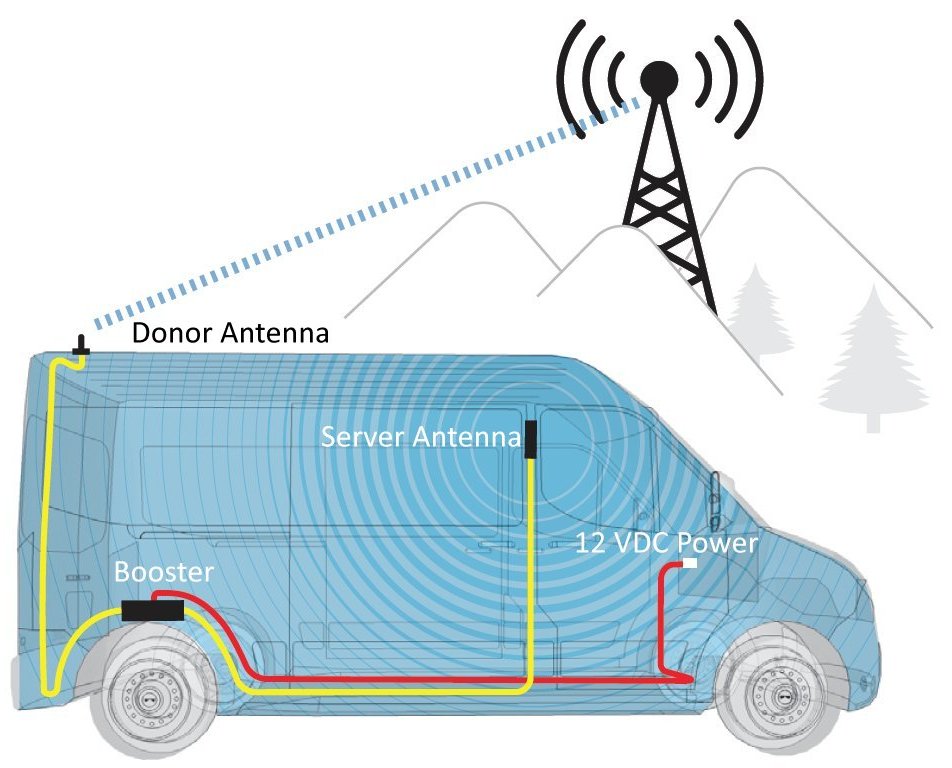Antennas have various wireless applications, from vehicle fleets to control cabinets, machinery, base stations, and mobile hotspots. So, finding the best antenna for your network is critical.
However, a high-performance antenna will only be effective if mounted correctly. Hence, it would be best to have a reliable antenna mount.
Nowadays, many types of mounts exist, each designed for a specific need. Hence, it is essential to know about each type.
Continue reading…